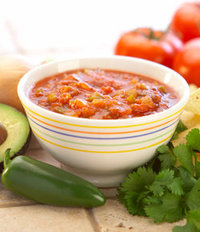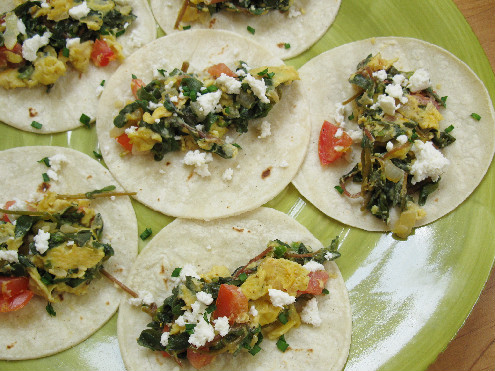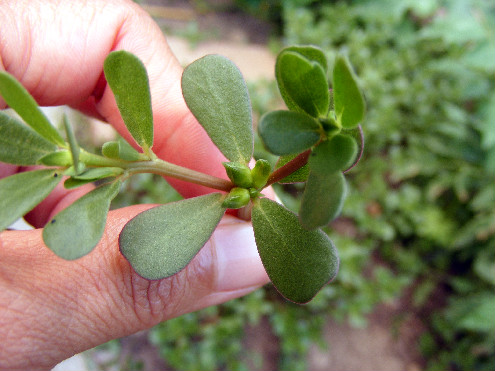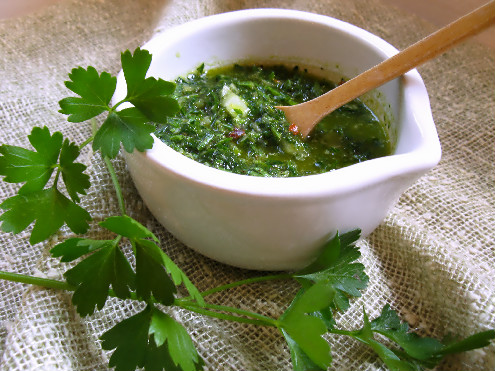Salsa Wars July 31 in Denver
Wednesday, July 28th, 2010Writing a food blog has its perks. No, I’m not living the big life off the ads on my site nor have I signed a lucrative book deal (yet). But, I occasionally get to participate in some pretty cool events. In May, I attended Camp Blogaway, a food bloggers conference in southern California and this weekend I’m one of the judges at Salsa Wars.
Because you know how much I like to cook and eat (or maybe that should be vice versa), you should assume the “salsa” is a reference to the condiment kind versus the dancing kind. Although, I’m told there will also be some salsa music from DJ Manolo and salsa dancing by the Fafa Dance Conclave.
I’ll be judging salsa recipes for Denver Public Library’s Fresh City Life events. Salsa Wars is an event scheduled in conjunction with the Biennial of the Americas here in Denver and DPL’s Street Food series in July, which highlighted food from Peru, Brazil and Mexico.
If you’re thinking about bringing your abuela’s secret salsa, sorry submissions are closed. On Saturday, judges and the public will be tasting the top six recipe submissions. Here are the details:
Salsa Wars – Saturday, July 31 @ 12:30 pm
Denver Public Library Central Location , Acoma Plaza (between the library & the Denver Art Museum)
10 W. Fourteenth Ave. Pkwy., Denver, CO 80204
Also fyi, if you want to attend a free Mexican food cooking demonstration, come down at 10:30 am to see Chef Shellie Kark make a cup o’ corn with lime, sour cream and smoky chipotle followed by memelitas with caramelized onions, black beans and queso fresco. (Memelitas are like sopes.)
For my Denver-area followers, here’s my plug to encourage you to check out our public library: DPL is awesome and has been rated as one of the top 10 libraries in the country by a few sources (including me). In addition to great programming, they have an amazing collection of books and reference materials, independent movies and music. And, those reference librarians help me find the quirkiest of facts for this blog.











